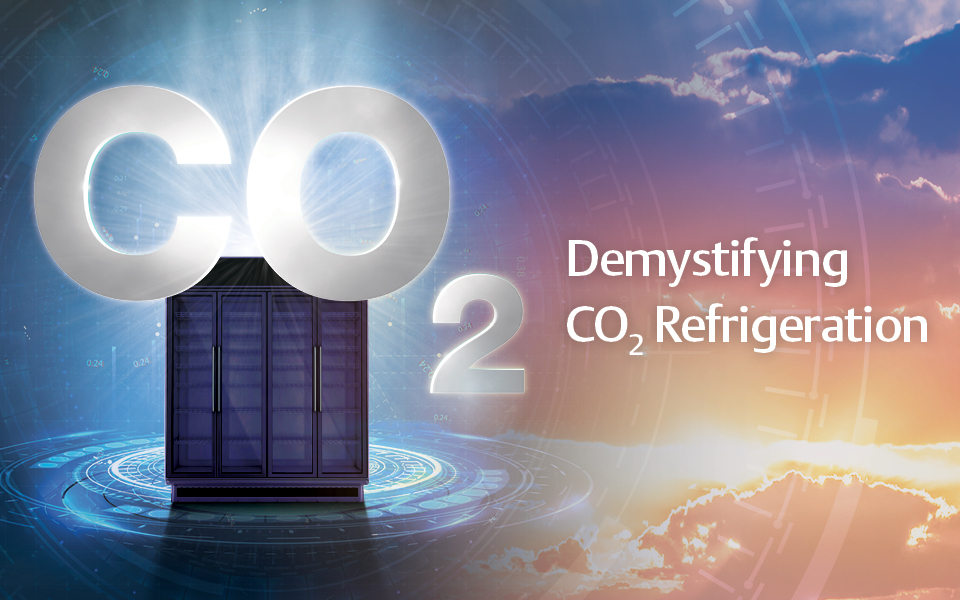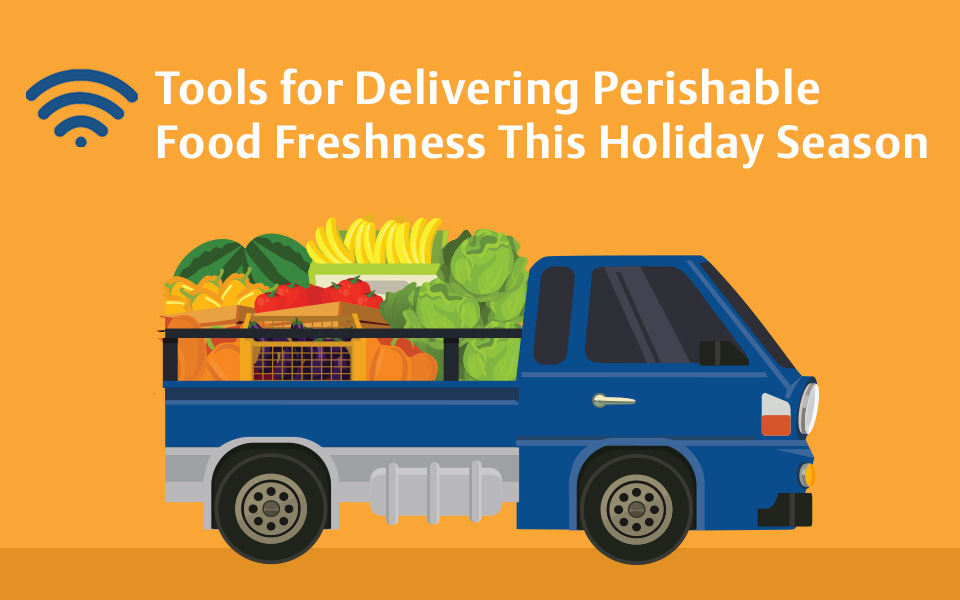Beyond saving: What’s next in supermarket power management?

Last fall, a gathering of food retailers, industry professionals and energy experts converged in Houston for our latest E360 Forum. This daylong event was packed with the latest news, views and best practices on hot-button industry issues: regulations, emerging technologies and more.

Matt Smith, project manager for San Diego Gas & Electric’s Emerging Technologies Group, and I explored fresh ideas on what the future holds for supermarket power management. What follows are just a few of our observations.
Future of lighting rebates dim
Utility incentive programs for food retailers, in all markets, are changing. Lighting upgrades and retrofits fueled by rebate incentives were once low-hanging fruit for commercial and industrial consumers alike. However, laborious rebate application processes have contributed to waning interest and participation — especially among food retailers. Policy and regulations have also had an impact. As CFL and LED technologies become standard, rebates are no longer seen as necessary to incentivize adoption and won’t help utilities reach their energy-savings targets. Now energy providers are looking for other more innovative and targeted ways to incentivize efficiency.
Collaboration key to more customer-centric incentives
Admittedly, supermarkets are an underserved market for utility companies. There are simply not a lot of programs designed with the distinct needs of grocery retailers in mind. However, Matt thinks this is changing.
“We’re moving toward a more vertical approach on how we run programs in the sense that we’re serving a customer segment rather than a [category] like refrigeration … That will lead to programs that are better suited for specific customer segments like supermarkets or convenience stores.”
Matt went on to say that utilities want to hear from food retailers. They welcome the opportunities to connect and collaborate — either directly or virtually. Many offer cooperative bodies, online forums and other ways to engage. In California, utilities and other energy professionals have created the Emerging Technologies Coordinating Council (www.etcc-ca.com) as way to collaborate, develop and facilitate new and emerging technologies. Other regions offer similar resources and channels.
Pay-for-performance programs offer opportunities for efficiency and innovation
Pay-for-performance programs are another relatively recent energy-efficiency trend — one that doesn’t rely on rebates or other incentive-based equipment purchases. It allows participants to identify various energy-saving measures. Payments are made over time and are based on actual energy savings measured at the meter.
The beauty of pay-for-performance programs is that they can offer an integrated, more holistic approach to energy efficiency. Savings can come from building retrofits and equipment upgrades as well as from behavioral or operational and maintenance activities. These programs also shift the responsibility for energy savings from the utilities to energy-efficiency project implementers — and can be real incubators for innovation, efficiency and new technologies. Less prescriptive and more proactive, they offer greater opportunity for collaboration and invention.
Power markets and effective demand management
Many utilities are incentivizing commercial and industrial customers to participate in demand management/demand response programs. These are developed to cut electric consumption during peak times of the day when electricity is in high demand. Effective demand management rewards customers who can conserve when the grid is taxed the most. While a proven practice in other industries and abroad, these programs are not commonly employed among food retailers in the U.S., even though the opportunities and technologies are available.
The high usage of electricity by supermarkets makes it very attractive to participate in these programs. However, reliability and flexibility in a supermarket’s HVACR and energy requirements are absolutely essential for success. Technologies like today’s smart refrigeration systems and thermal storage are ways to optimize thermal potential by shifting electricity usage at expensive times to lower-rate periods.
More grocery retailers of today are looking hard at current HVACR systems and exploring strategies and technologies to shift energy consumption without compromising food safety. We’re excited about the possibilities.
As I shared, “Demand management is becoming a really big deal using supermarkets. I use the term ‘virtual power plant’ pretty easily in this conversation. If you’ve got a flexible store and can provide thermal storage, you could actually use that store as a virtual asset for the utility. [It creates] a kind of push and pull with the power demand … All this stuff is extremely exciting, especially in this segment or business.”
Demand management programs and today’s power markets represent a real opportunity to generate revenue by using thermal capacity, transforming your energy-eating equipment into an energy asset.
To learn more about any of these programs and the emerging technologies that are driving them, watch the full E360 Forum presentation.

Seven Keys to Demystifying CO2 Refrigeration
by Andre Patenaude | Cold Chain
The U.S. commercial refrigeration market is poised for a surge in the use of CO2 (R-744) as a...

Tools for Delivering Perishable Food Freshness This Holiday Season
by Doug Thurston | Cold Chain
More than any time of year, food is a central attraction of the holiday season. Sharing, preparing...
![[Webinar Recap] Five Ways to Improve Cold Chain Oversight](https://e360blog.emerson.com/wp-content/uploads/2022/12/14640_OversightWebnar_WrpUpBlg_960x600.jpg)
[Webinar Recap] Five Ways to Improve Cold Chain Oversight
by Dan Knauer | Cold Chain, Transportation
For perishable cold chain stakeholders, preserving the quality and integrity of goods throughout...
The post Beyond Saving: What’s Next in Supermarket Power Management? appeared first on Emerson E360 Blog.